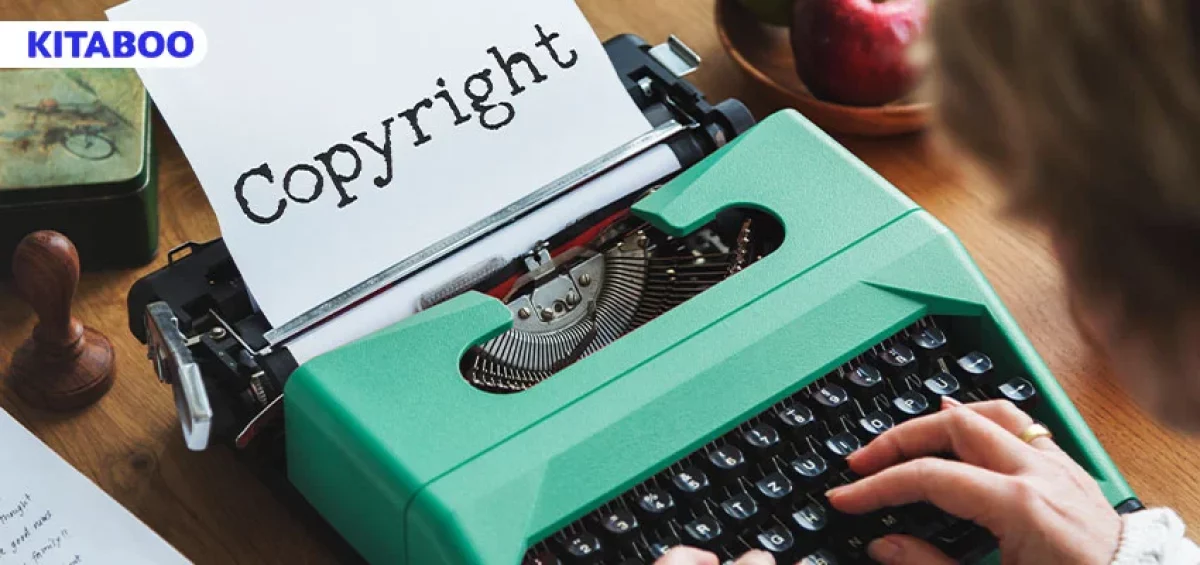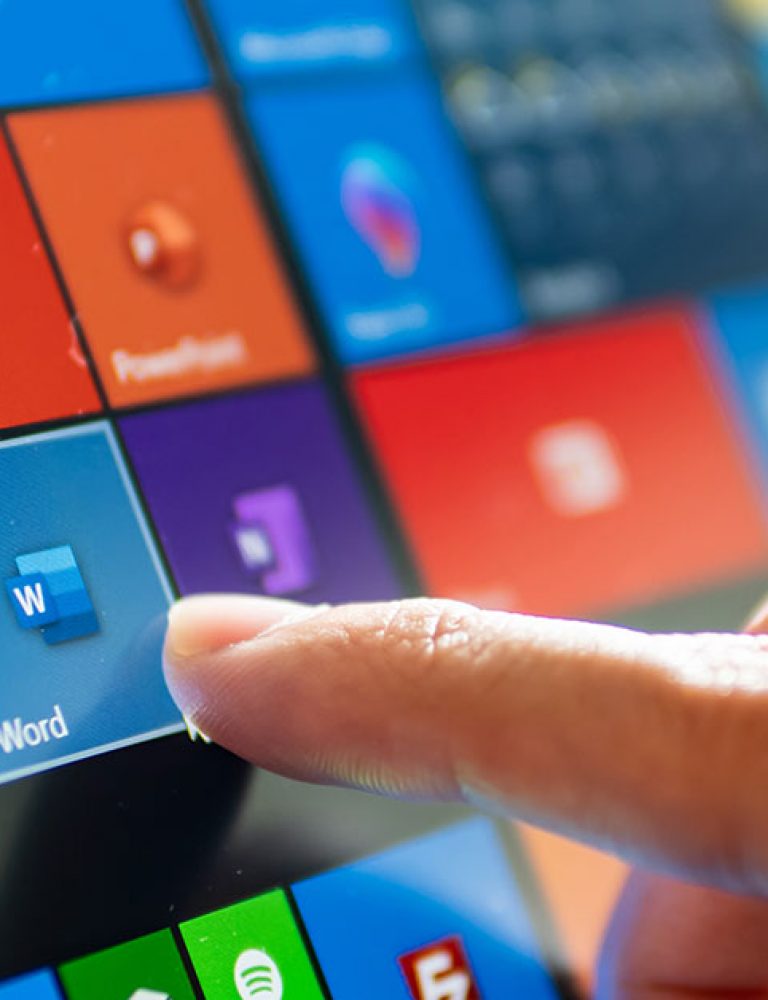The technologically advanced digital age today has completely revolutionized the way we consume and share course content, literary work, music, movies, and other forms of intellectual property.
The rapid rise of the internet has further made it incredibly easy for anyone to access and distribute copyrighted content/material without any authorization. This is known as piracy and can have a significant impact on almost every industry, thus raising important questions about the protection of intellectual property rights.
So, how can you protect your intellectual property and manage your content rights and permissions better in the digital age?
Today, we answer this question and suggest steps that creators in the higher education space especially can take and benefit from to manage their content and safeguard their intellectual property.
Table Of Contents
I. What is Intellectual Property?
II. What is the Importance of Protecting Intellectual Property?
III. Ways to Protect Your Intellectual Property
- Use Digital Rights Management (DRM)
- Explore Various Licensing and Partnership Options
- Secure Data Storage
- Go For Legal Protection
- Conduct regular IP Audits
IV. Conclusion
What is Intellectual Property?
Intellectual property refers to any creation of an individual mind, including literary and artistic works, symbols, inventions, names, and designs used in commerce. Fundamentally, it is a legal concept that grants exclusive rights and permissions to creators and owners of original works.
It is also important to note here that intellectual property consists of multiple forms, including copyrights, patents, trademarks, trade secrets, etc. Each of these types offers different legal protections and ownership rights.
For instance, while copyrights safeguard creative works, patents protect grants and inventions for a specified period.
What is the Importance of Protecting Intellectual Property?
In today’s digital age, the internet has made it much simpler for people to access publications, journals, and other similar pieces of information available on the web.
This leads to the misconception of several users that any new information accessible on the internet can be taken without permission or reproduced because it is available in the public domain.
This has made IP protection a necessity that must be considered to ensure that it provides adequate protection of intangible assets while offering content creators in higher education, innovators, and businesses a safe space to thrive in this new environment.
Ways to Protect Your Intellectual Property
Here are some of the ways to help you protect your intellectual property with ease-
1. Use Digital Rights Management (DRM)
One of the best ways to protect your intellectual property is by implementing powerful digital security measures such as digital rights management (DRM) technology.
DRM refers to a set of technologies that are used to control the use as well as distribution of digital content, such as higher educational content, software, and movies. The key purpose of DRM technology is to prevent unauthorized copying, sharing, and distribution of digital content.
The best part about DRM is that it protects all sorts of intellectual property, including eBooks, training materials, market research, modules, reports, and more.
Additionally, DRM also allows you to set up secure storage and distribution between different collaborators during the content production process so they can work together without allowing the material to leak outside the authorized group.
2. Explore Various Licensing and Partnership Options
Ensuring to monetize your intellectual property is another way to safeguard and protect it. You can start by exploring various licensing opportunities or partnerships to be able to earn money from your intellectual property or creative work.
For instance, a copyright licensing agreement or partnership gives copyright owners a chance to expand their options by giving another individual the right to use their copyright-protected works. Likewise, anyone interested in accessing the intellectual property or copyright-protected work of a creator has the opportunity to do the same by acquiring a license.
Additionally, make sure that your employees have the right information and knowledge about the importance of IP protection. Since humans are often the weakest link in the IP defense chain, it is important to make sure that your IP security strategy does not rely just on firewalls and focuses equally on employee knowledge and preparation.
This can be of significant help in preventing instances of piracy and accidental infringement of your IP data. The main idea here is to provide adequate training on how to properly use and attribute your IP data on social media platforms.
3. Secure Data Storage
One of the other effective ways to protect your intellectual property is by strengthening the security of your sensitive intellectual property data with measures such as encryption.
You can also opt for well-known and reputable cloud storage service providers that offer strict security safeguards. Further, consider implementing additional layers of encryption for an extra shield of safety and protection of your intellectual property.
4. Go For Legal Protection
You can also enhance your IP protection by registering patents, trademarks, and copyrights with the relevant authorities. This is a great way to solicit your legal rights and also streamline the overall process of enforcing them when any kind of breach or infringement takes place.
Further, you can also take relevant action to enforce your IP rights if you identify any potential infringement. This can include filing a DMCA (Digital Millennium Copyright Act) takedown notice or pursuing legal action.
5. Conduct Regular IP Audits
Make sure to conduct detailed audits at regular intervals to have a fair idea of the status of your intellectual property. The idea here is to assess and identify weaknesses and vulnerabilities that may require immediate attention to strengthen the security of your intellectual property.
In Conclusion
Protecting your intellectual property is essential in this technologically advanced digital age. With the advent of new technologies and ideas every single day, it becomes important for individuals, higher-ed institutes as well as businesses to manage their content rights and permissions better and ensure that their IP remains secure from unauthorized use or access.
In this post, we have outlined some important steps you can take to protect your intellectual property and maintain a competitive advantage in the digital age.
For a higher education institute that wishes to distribute online content securely, you can opt for the KITABOO platform. KITABOO is a digital publishing platform that allows you to create, publish, and distribute interactive content in a completely secure manner with DRM protection and encryption.
Discover How An Ebook Conversion, Publishing & Distribution Platform Can Help You
Kitaboo is a cloud-based content platform to create-publish & securely distribute interactive mobile-ready ebooks.
You May Also Like









